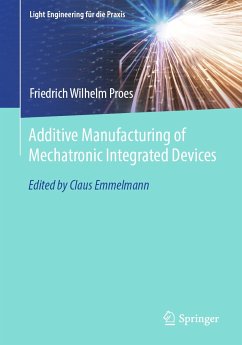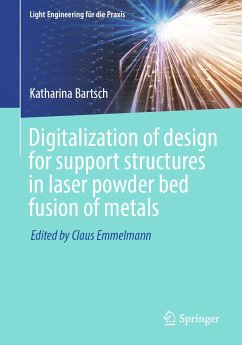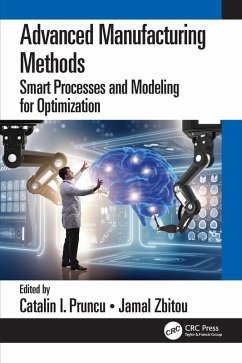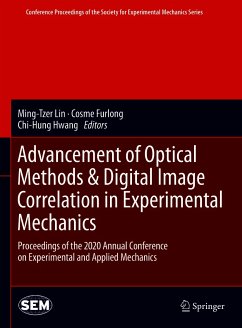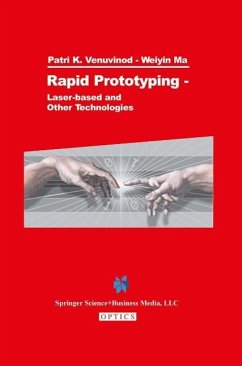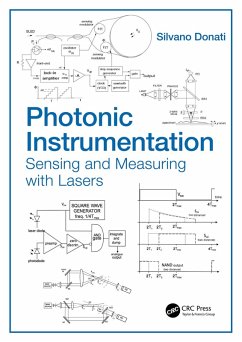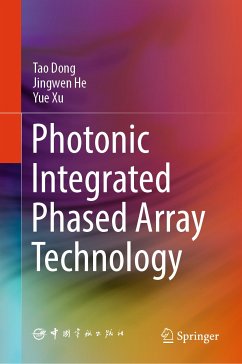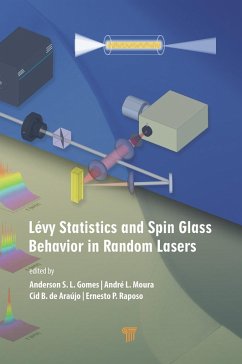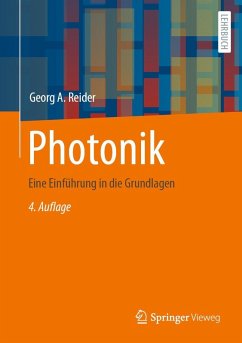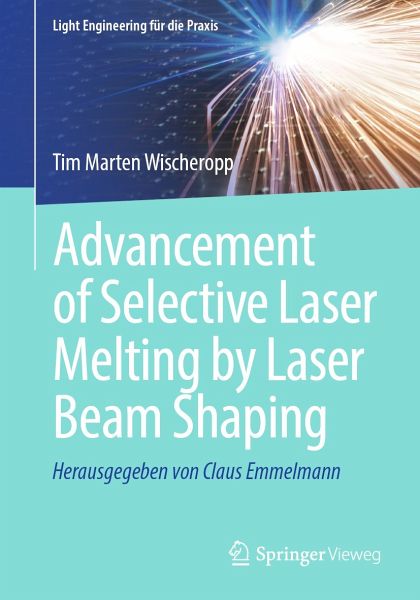
Advancement of Selective Laser Melting by Laser Beam Shaping (eBook, PDF)
Versandkostenfrei!
Sofort per Download lieferbar
Statt: 117,69 €**
80,95 €
inkl. MwSt.
**Preis der gedruckten Ausgabe (Broschiertes Buch)
Alle Infos zum eBook verschenkenWeitere Ausgaben:

PAYBACK Punkte
40 °P sammeln!
Selective Laser Melting (SLM), also referred to as Laser Powder Bed Fusion (L-PBF), offers significant advantages for the manufacturing of complex, high-quality parts. However, its market share is still small compared to conventional manufacturing technologies. Major drawbacks hindering an industrial ramp-up are low productivity, high part costs and issues with quality and reproducibility. Comprehensive research has been done to overcome these challenges, but little attention has been paid to addressing them by optimizing the laser beam profile. Therefore, the author examines the effect of the...
Selective Laser Melting (SLM), also referred to as Laser Powder Bed Fusion (L-PBF), offers significant advantages for the manufacturing of complex, high-quality parts. However, its market share is still small compared to conventional manufacturing technologies. Major drawbacks hindering an industrial ramp-up are low productivity, high part costs and issues with quality and reproducibility. Comprehensive research has been done to overcome these challenges, but little attention has been paid to addressing them by optimizing the laser beam profile. Therefore, the author examines the effect of the laser beam profile on the productivity and process stability through both numerical and experimental investigations. The results show clear advantages an optimized laser beam profile offers.
Dieser Download kann aus rechtlichen Gründen nur mit Rechnungsadresse in A, B, BG, CY, CZ, D, DK, EW, E, FIN, F, GR, HR, H, IRL, I, LT, L, LR, M, NL, PL, P, R, S, SLO, SK ausgeliefert werden.



